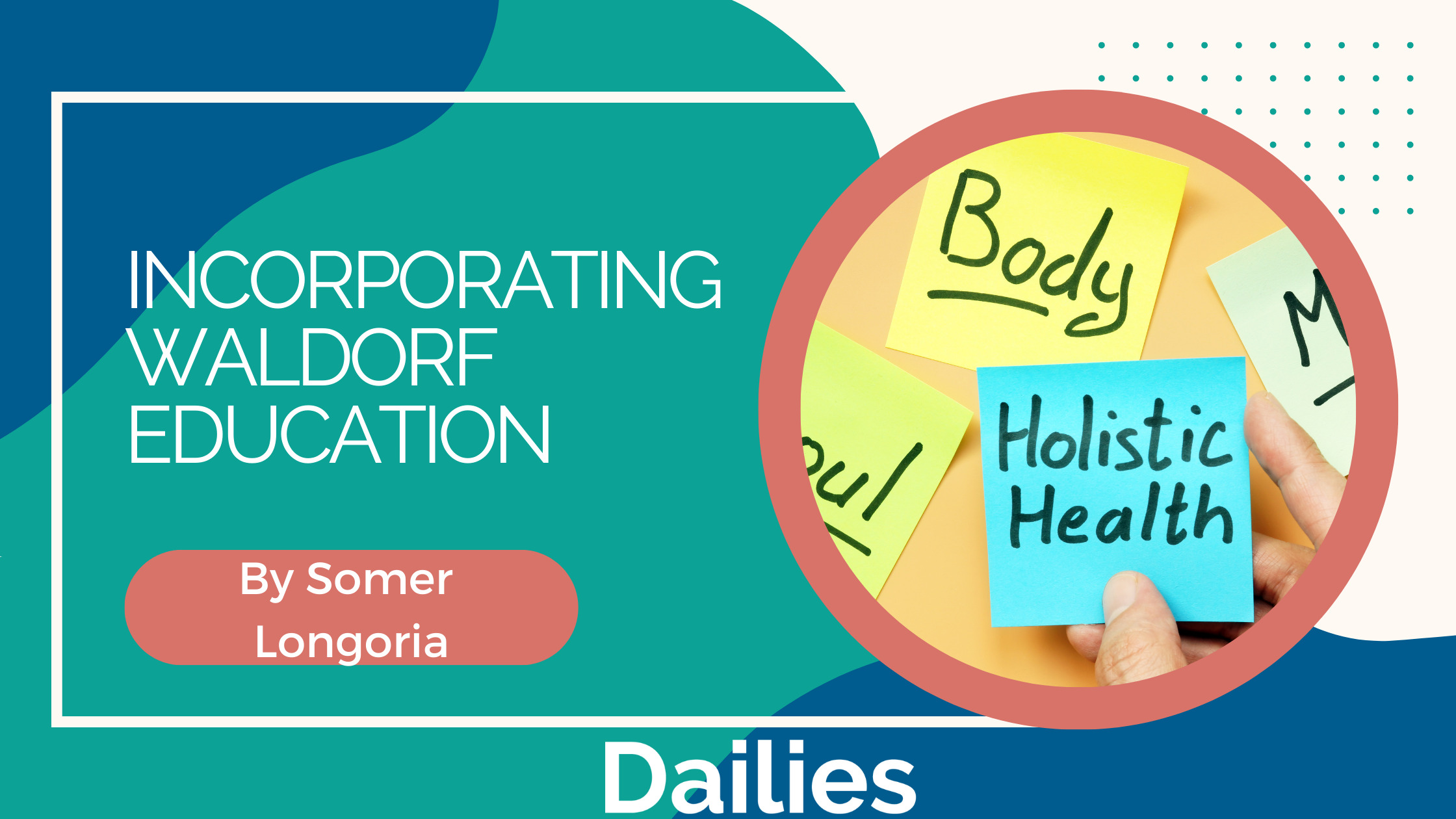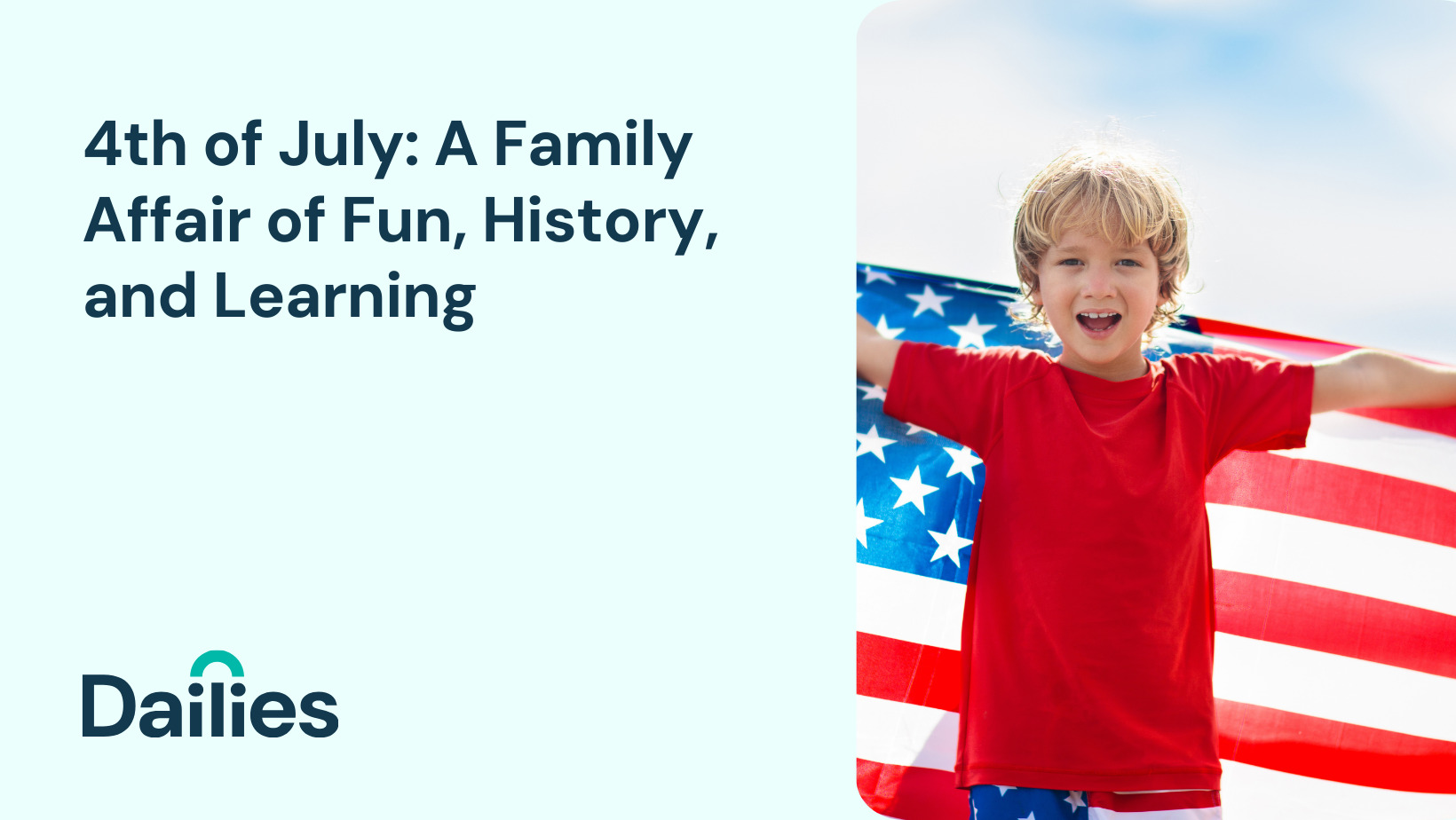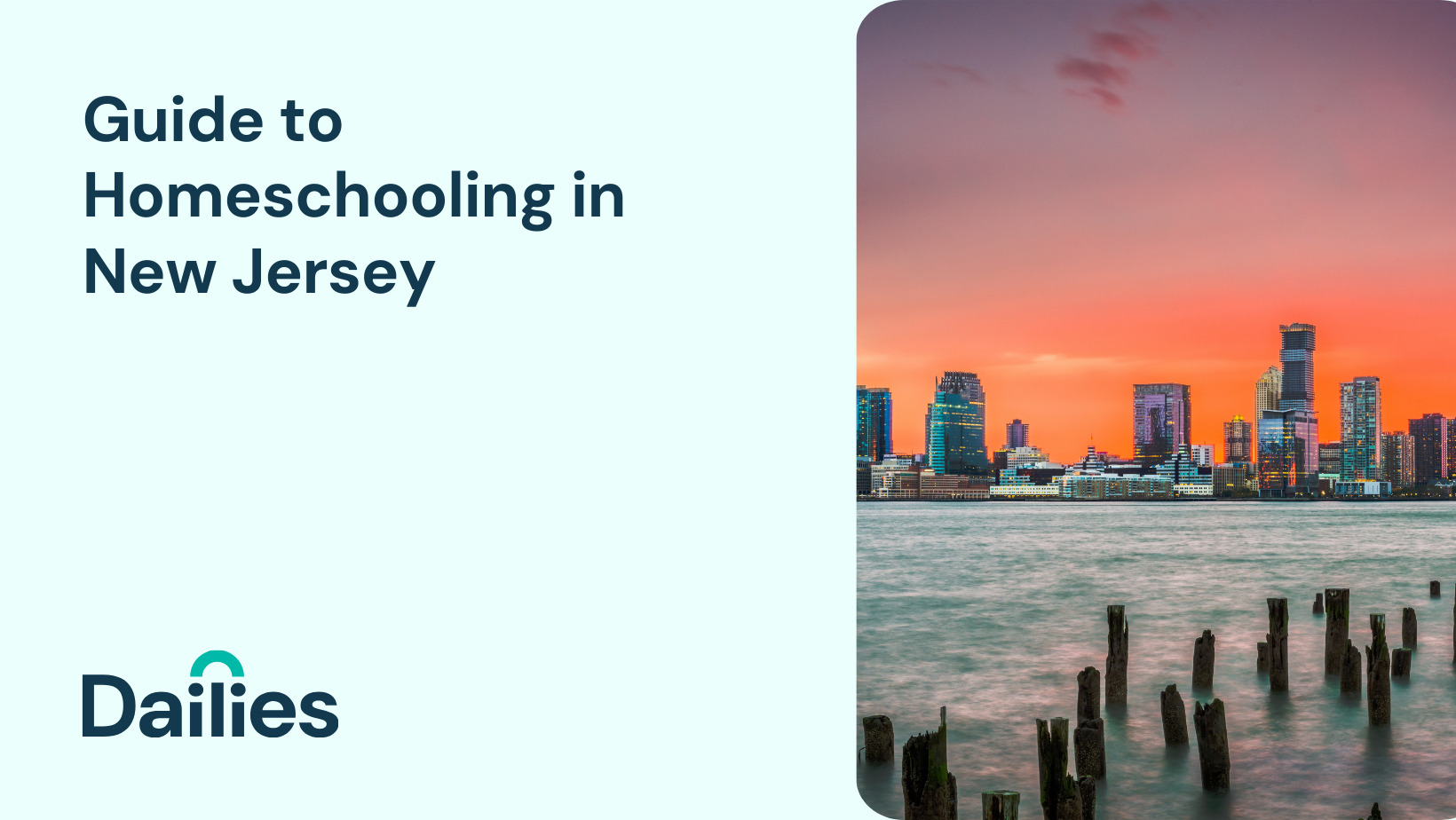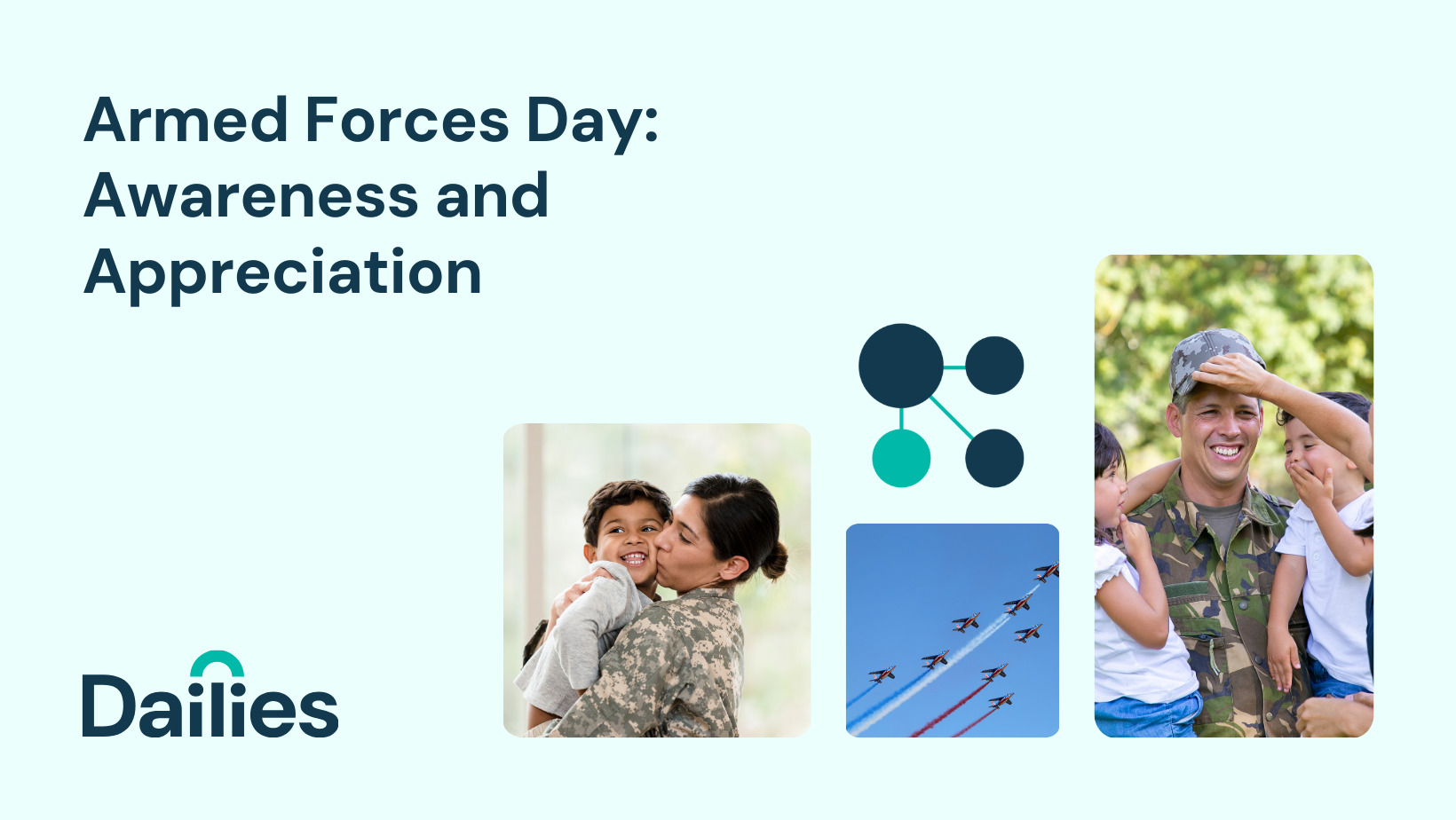By: Somer Longoria
I grew up in a very traditional public school setting. It was a beautiful education, and certainly memorable with a potpourri of many different personalities reflected in the teachers that shared their hearts with the students.
Of all the memories from my public school experience, I often return to my primary years- and it might be no surprise that one of my heart’s purposes in this journey is to facilitate learning and magic in the primary years of education.
Since this is my profession, passion, and drive, it might not be too unconventional that as a teacher myself- I have been on a journey to learn and share other ways of teaching. Ways and methods to which I was not exposed in particular.
I recall the time I came about discovering the Waldorf education path developed by artist and scientist, Rudolf Steiner. It actually took my breath away and had my heart skipping a beat. I felt connected to the understanding of learning that was shared. In fact, I felt a little short-handed in my educational journey and thought, “What if introduced earlier, might have been different in my gasping of fundamentals?” This model of education was almost so different from what I was exposed to that it felt not accessible to me. It was through this thought or “roadblock”, I discovered this is something I wish to provide to my students.
Let’s take a brief look at what the Waldorf model is, and then how we, as educators, might be able to bring a bit of this to our classroom. By doing such, the hope is to facilitate more connections to learning and experiencing education through life.
The Waldorf model relies heavily on the holistic experience meaning, the full circle. “Music, dance and theater, writing, literature, legends and myths are not simply subjects to be read about and tested. They are experienced. Through these experiences, Waldorf students cultivate their intellectual, emotional, physical and spiritual capacities to be individuals certain of their paths and to be of service to the world. Waldorf integrates thinking; assimilating information as opposed to memorizing isolated facts; to be flexible, creative and willing to take intellectual risks; and are leaders with high ethical and moral standards who take initiative and are passionate to reach their goals.” (WALDORF EDUCATION, 2015).
Experience has shown me that there is no “one size fits all” pedagogy” and I stand by this principle as extremely important as educators and caretakers.
In honor of this way of thought, I wanted to share some of the ways that I learned, to bring aspects of the Waldorf world, into my classroom. I have found these practices to be extremely beneficial, engaging, creative, and invigorating, and I hope that you too, might be able to find a way to incorporate them into your classroom.
In essence, I believe, we are here to provide pathways and tools for our students. It is in this, that we as teachers, find nourishing roads to share so our students might travel down them being creative, thoughtful, and themselves.
Here are some suggestions/examples of ways to bring the Waldorf model into the classroom.
- Supply list (not limited to)-
- Natural fibers like wool, felt, cotton,
- Beeswax, clay, play dough for sculpting,
- Beeswax crayons, oil pastels, and/or watercolor for drawing, painting, and writing.
- Homemade puppets for storytelling.
- Loose scrap fabric, wood, twigs and stones, and other natural materials are found around the house or yard.
These simple methods can be brought into the classroom to be paired with your lesson or curriculum in a number of creative limitless ways.
For example, if teaching numbers to your pre-kinder or kindergarten class;
- You can open the lesson with a storytelling experience, using your own imagination for storytelling maybe pulling in and out from your life/ the life of your students/ community.
- Or pull from the plethora of writers and storytellers available to us in this age.
- Maybe sit the children in a circle and act out a creative performance explaining that ONE is like “The Sun”. The one sun warms our planet/ galaxy, keeping life alive on Earth. Maybe bring in a song, about the sun, or the number one. Maybe have the student spell out the number “o / n / e” with rocks or clay. Or sculpt the number 1 with clay to feel the shapes with their own hands and experience the one. Maybe read a story that focuses on number one, as the children spend time coloring in gigantic ones, or maybe objects in life that look like the shape of “one”…Maybe allowing the children to use watercolor to paint in their ones. Allowing their form to move freely focusing on loose shapes more than fine hard lines.The idea here is to go “full circle” with the lesson on what the number “one” means, sounds life, feels, and why we would need it/use it. You can imagine all the fun you can have here with the numbers following, one.
There are absolutely no limits on how to go about incorporating music, art, storytelling, and real-life experience into your lessons. Have fun with it! The elements that might resonate with your students most might come from the uniqueness in your heart, and maybe something that has not been created or discovered yet!
WALDORF EDUCATION. (2015). Waldorf Education – Association of Waldorf Schools of North America. Waldorfeducation.org. https://www.waldorfeducation.org/waldorf-education






